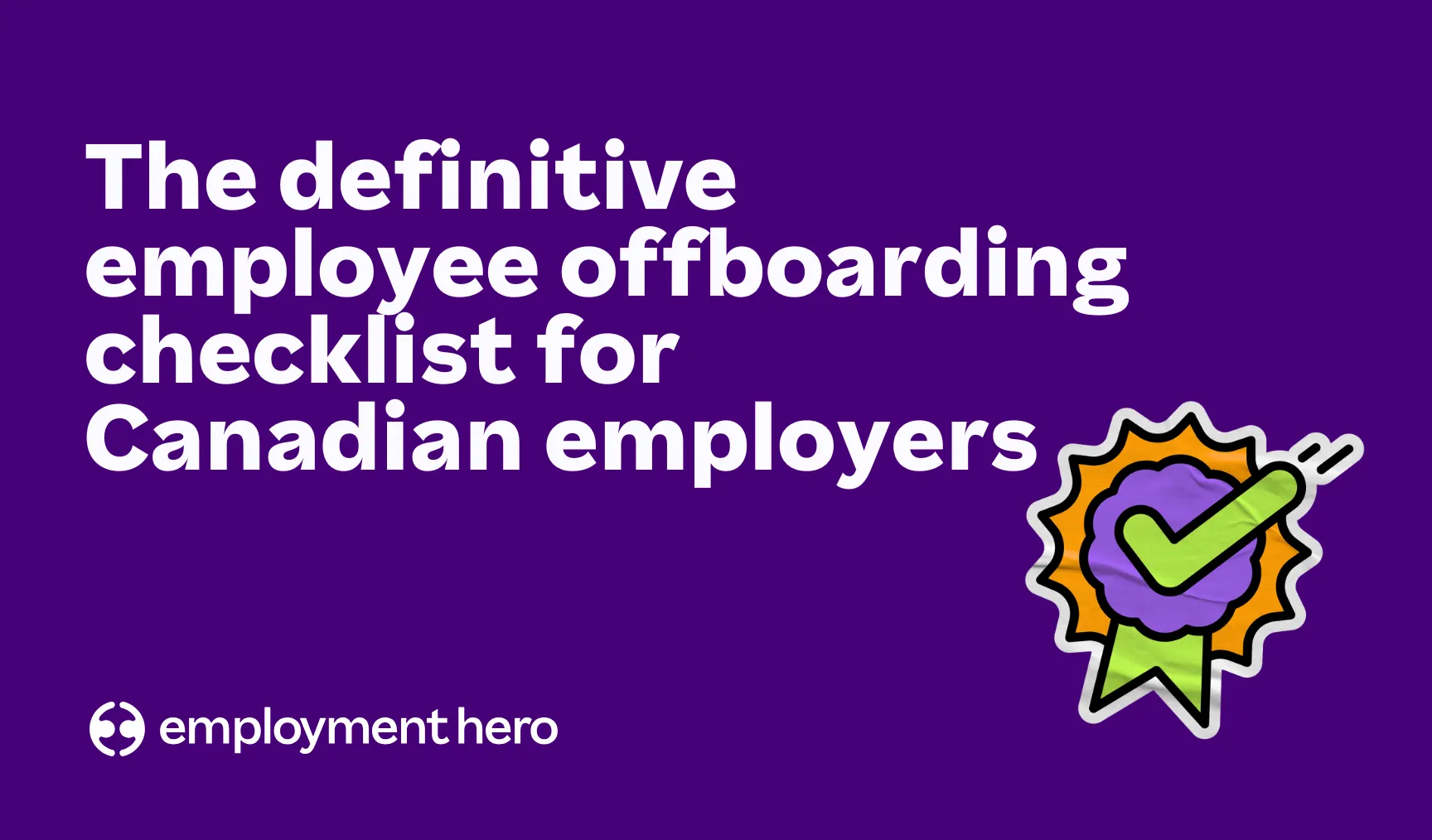Your essential job offer letter guide for Canada
Published
Your essential job offer letter guide for Canada
Published
Create professional, compliant job offers that protect your business and land you top talent.
You’ve found the perfect candidate. Now comes the most critical step: making the offer. A weak or vague offer letter doesn’t just look unprofessional—it opens you up to legal risks and can make a great candidate think twice. Getting this document right is your first, best chance to set clear expectations, protect your business and start your new employee relationship on a foundation of trust and professionalism.
Stop wasting time searching for outdated examples or guessing what needs to be included. This isn’t just another guide. It’s a strategic tool designed specifically for Canadian businesses, helping you create a clear, comprehensive and compliant job offer every single time. Move forward with confidence, knowing your offer is as solid as your business.
What’s in this guide?
This isn’t just a fill-in-the-blanks document. It’s your complete playbook for crafting powerful job offers. We break down the essential components, from a confident welcome and clear compensation details to the critical (and often missed) legal clauses you need to include. You’ll also learn the key differences between an offer letter and an employment agreement, helping you understand how to protect your business at every stage. We’ll show you how to avoid common mistakes that leave you exposed and give you the confidence to formalize your hiring process.

Ready to stop guessing and start sending offers with confidence?
Download our guide to crafting a job offer letter
Stop wasting time and creating unnecessary risk. This guide gives you the necessary know-how to professionally design job offer letters, specifically for Canadian businesses. It gives you the structure and the key language you need to create a clear, compliant and compelling job offer every single time. Download it now and take the first step toward a smarter, safer hiring process.
FAQs
Yes, once a candidate accepts a clear and unconditional job offer, a binding contract can be formed. That’s why it’s crucial to include specific conditions (like background checks) and state that the offer is contingent on signing a more detailed employment agreement—all covered in our guide.
Think of the job offer letter as the highlights reel—it summarizes the key terms of employment. The employment agreement is the full-length feature film—a detailed, legally binding contract that covers everything in much greater depth. Best practice is to always have the candidate sign the employment agreement after accepting the initial offer.
Canadian employment law is complex and varies by province. A generic template won’t account for specific provincial requirements for things like termination clauses, vacation entitlements or statutory holidays. Using a non-compliant template can expose your business to significant financial risk. This guide was built with Canadian businesses in mind.
Register for the downloadable
Related Resources
-
 Read more: The definitive employee offboarding checklist for Canadian employers
Read more: The definitive employee offboarding checklist for Canadian employersThe definitive employee offboarding checklist for Canadian employers
Download a free employee offboarding checklist. Ensure a smooth transition, protect your business and leave a positive impression on departing…
-
 Read more: Your essential job offer letter guide for Canada
Read more: Your essential job offer letter guide for CanadaYour essential job offer letter guide for Canada
Download our free guide to crafting Canadian job offer letters. Understand compliance with Canadian employment laws and create professional job…
-
 Read more: Start the new year with confidence: First pay run of 2026 checklist
Read more: Start the new year with confidence: First pay run of 2026 checklistStart the new year with confidence: First pay run of 2026 checklist
Make your first 2026 pay run smooth. Download the free checklist with CRA updates, deduction reminders and payroll prep steps.

















